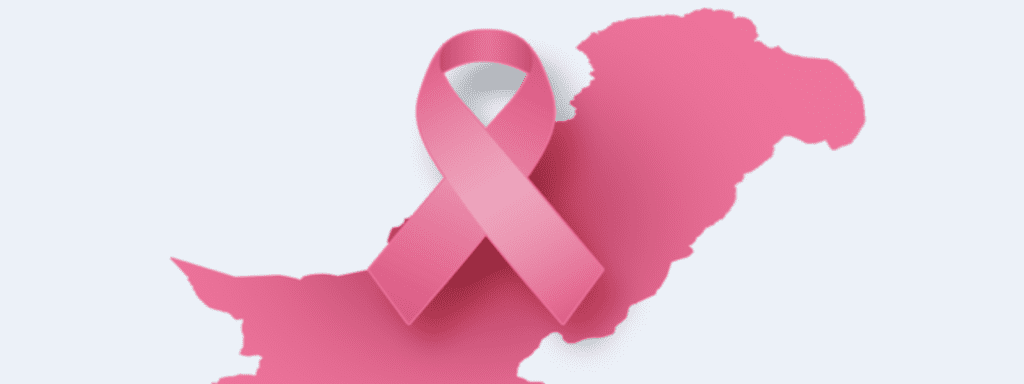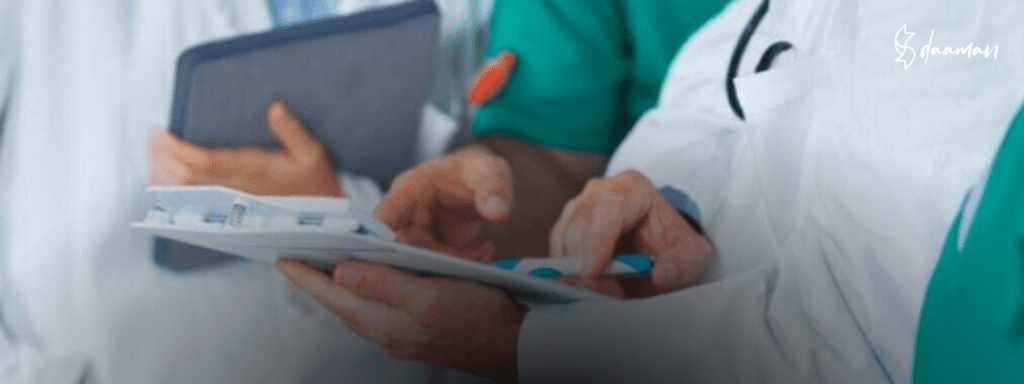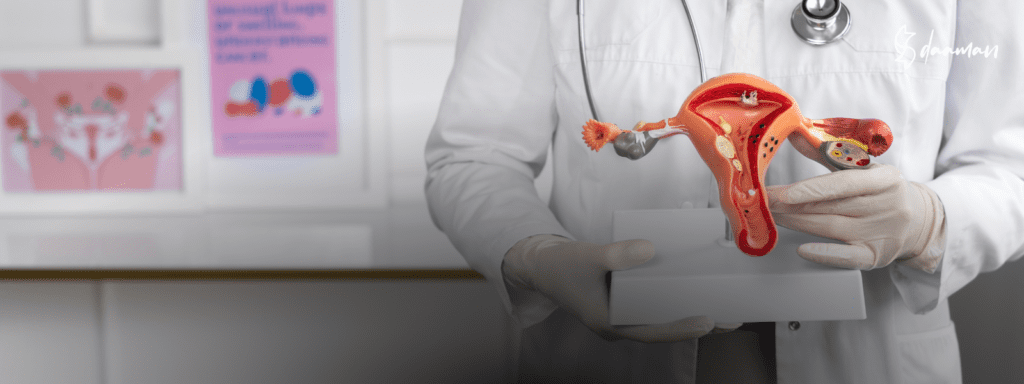Cervical Cancer And What You Need To Know
The cervix is located at the opening of uterus. It has a transformation zone, which is an area where two epithelial cell layers meet, the squamous cell layer coming from the vagina from below and the columnar epithelium coming from the uterus. This transformation zone is the most common site of origin of cervical cancer. Cervical cancer is the fourth leading cause of death in women worldwide. It occurs when there is abnormal growth of cells involving the cervix. The most common cause of cervical cancer is human papillomavirus (HPV) which is a common sexually transmitted infection. There are many strains of this virus, but the cancer-causing strains are HPV 16 and 18. This cancer is of two types, squamous cell carcinoma and adenocarcinoma. The prior has more incidence. Image Source: Freepik.com Cervical cancer usually involves young women. Human papilloma virus- HPV HPV has the highest incidence of causing cervical cancer. There are around 150 strains of this virus, but the high-risk strains are 16 and 18. This is a sexually transmitted disease and has greater incidence in sexually active women with multiple partners. The virus is present on the genital surface and hence spreads during vaginal, anal and oral intercourse. There are vaccines available to prevent disease from HPV. These vaccines are highly effective and are available in quadrivalent (Gardasil), bivalent (Cervarix) and nonvalent forms. Another effective way to prevent this disease is protected sex using condoms, especially for women who have multiple partners or a partner who has a positive history of this infection. Human immunodeficiency virus- HIV Infection with HIV predisposes a person to all kinds of infections. This virus weakens the immune system and impairs its ability to fight off infections. Along with increasing the susceptibility to various infections, HIV impairs the body’s defense to slow cancer cell growth and hence the local disease becomes malignant faster. Smoking Smoking has multiple negative effects on our health. It is a carcinogen that enters bloodstream and imposes injurious effects on our organs. These harmful compounds increase the chances of developing cancer and slow down the immune system. Cervical mucus of smokers contains cigarette components proving the effect of cigarette constituents on organs and its role in disease causation. Oral contraceptives The use of oral contraceptives has been noted to be associated with an increased risk of cancer. This may be because women on ocps don’t use barrier contraceptives like condoms which is very important in preventing all sorts of sexually transmitted diseases. Inflammatory disease When there are inflammatory diseases affecting the body, the production of inflammatory cytokines predisposes the body to develop disease and infections. Inflammatory diseases like rheumatoid arthritis and systemic lupus erythematosus (SLE) increase the risk of developing cervical dysplasia and cervical cancer up to 1.5 times. This may be due to the use of immunosuppressive drugs in these women. Multiple pregnancies Women with multiple full-term pregnancies are more likely to get cervical cancer. This can be due to increased sexual activity or the fact that pregnancy can be an immunocompromised condition. Diethylstilbesterol Diethylstilbesterol is a drug that was used to induce abortion before 1971. This drug was reported with the incidence of vaginal and cervical cancer in women whose mothers had taken this drug. The type of cervical cancer associated with this drug is clear cell adenocarcinoma of the vagina and cervix. According to a study the risk of developing cancer in women with DES exposure is 30% more than in unexposed women. Image Source: Freepik.com Signs and symptoms Cervical cancer may present in many ways. Some of the most common signs and symptoms are: Bleeding Bleeding per vagina is a very common complaint of females with cervical cancer. The bleeding may be post-coital, intermenstrual or post-menopausal. Post coital bleeding can be due to many causes like cervical ectropion, polyp or cervical erosion. Whatever the reason may be, the cause must be investigated and treated. (9) Intermenstrual bleeding also has multiple causes specially in young women. These causes can be infection, fibroids, contraception, cancer, endometritis etc. Post menopausal bleeding is seen in women of old age. It can be due to vaginal atrophy, cervical or endometrial polyps and cancer. Dyspareunia This refers to pain during sexual intercourse. Cervical cancer can cause discomfort and pain during sex. There can be many causes for this hence it should be promptly addressed. Vaginal discharge Vaginal discharge can also be a symptom of cervical cancer. Although this is usually a symptom of an infection, this abnormal discharge can also denote cervical cancer. Pelvic pain Pelvic pain may occur when the disease disseminates to surrounding organs and pelvic lymph nodes. Image Source: Freepik.com Diagnosis Diagnosis of cervical cancer is facilitated by screening by pap smear. Pap smear This is a highly convenient technique used to diagnose abnormality in the cervical cells. Pap smear is now done routinely in women of reproductive age. Routine testing with pap smear has greatly reduced the incidence of cervical cancer. Not does this facilitate early diagnosis but also favors prompt diagnosis. This test is available in hospitals and clinics. In this, a sample of cells is taken on a swab from the transformation zone of the cervix in a circular motion. This sample is then studied under a microscope for any noticeable abnormalities. Colposcopy This procedure is done to visualize the cervix in detail. During this procedure a speculum is placed to open the vagina and to expose the cervix. The cervix is then visualized by a microscope from the outside. This procedure is usually followed by abnormal pap test results that show abnormality in cervical cells. This test can rule out many cervical abnormalities like cervical polyps, cervical cancers, cervical ectropion etc. A biopsy can also be taken during this procedure for further investigations. Large loop excision of transformation zone (LLETZ) or cone biopsy This is an invasive procedure done in patients with cervical abnormalities like cervical cancer. This is usually followed by a pap test and colposcopy. This is an intervention done
Cervical Cancer And What You Need To Know Read More »









